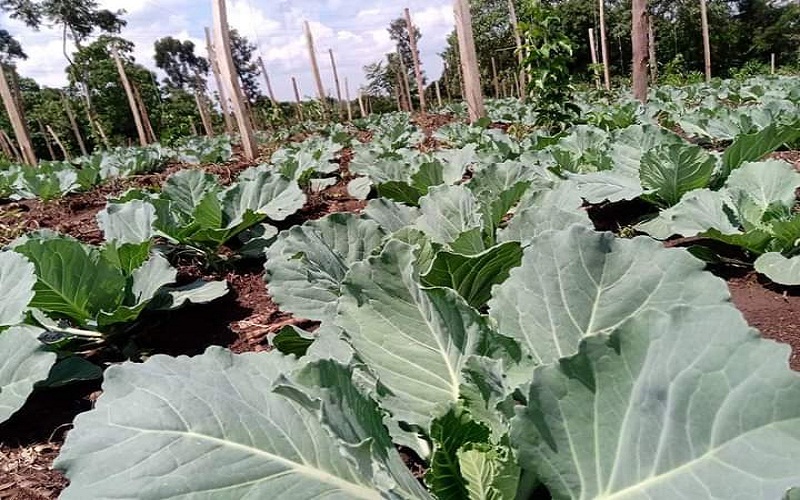+256758428874 | +256781767219

CIDA-Uganda holds agricultural workshops around Uganda teaching local farmers and the rural communities at large how to provide for their nutritional needs. Our goal is to increase productivity, market access, and resilience of select value chains in the farming project area and to respond promptly and effectively to an eligible crisis or emergency. The project comprises of five components.
The first component, strengthening research, seed, and agro-climatic information systems to support the development, validation, packaging, and dissemination of context-specific technologies, innovations, and management practices to target beneficiaries.
(i) supporting research and innovations, (ii) building competitive and sustainable seed systems, (iii) strengthening agro-climate monitoring and information systems and (iv) strengthening institutional capacity for development and dissemination of Famers and Model agricultral farms. The second component, promoting adoption of technologies and practices will support investments for upscaling and adoption of technologies and innovations. It consists of following sub-components: (i) productivity enhancement and resilience investments for income generation; (ii) productivity enhancement and resilience for food and nutrition security in refugee settlements and (iii) building institutional capacity for productivity enhancement and resilience and strengthening service delivery. The third component, market development and linkages for selected value chains objective is to improve access to remunerative markets through increased access to climate smart harvesting, postharvest handling, storage, value addition, market linkage services, equipment, and infrastructure by higher-level institutions (producer organizations) established under subcomponent 2.3. It consists of following sub-components: (i) investments in market development and linkages for selected value chains; and (ii) investments in market development for selected value chains for farmers in refugee settlements and host communities. The fourth component, emergency response component will finance eligible expenditures under the immediate response mechanism in case of natural or man-made crises or disasters such as severe droughts, floods, specific pests and disease outbreaks, and severe economic shocks in Uganda. The fifth component, project management, coordination, and implementation will support the management, monitoring, and evaluation of the project.
CIDA- Uganda, estimates that over 41% of people live in poverty, and almost half of Uganda’s population is under the age of 15, representing one of the youngest populations in the world. Agricultural development is the main priority to help fight poverty, ensure food security and improve outcomes for low-income families. Agriculture will also be an increasingly important industry for youth and refugees to find viable opportunities to earn sustainable livelihoods for themselves.
To increase productivity, market access and resilience of select value chains in the project area and to respond promptly and effectively to an eligible crisis or emergency.
Uganda is often described as the “Pearl of Africa,” due to its abundant natural resources, tropical climate, rich soils, and well-distributed rainfall, which provide an ideal environment for its agricultural sector, which employs 80 percent of the country’s workforce. Despite these natural advantages, over 20% of the population still live below the poverty line. Although subsistence farming currently dominates agriculture in Uganda, the sector has great potential to drive major economic growth and lift millions of people out of poverty
Our goal is to help farmers develope Resilience to livelihood threats with emphasis on climate change.
Through education and training we help people help themselves. We work with farmers to increase their access to quality seeds, tools, livestock breeds, veterinary drugs and care, and knowledge through training. The farmers will be supported to engage in commercial production, value addition and marketing, while the traders and their associations will be supported to access business and financial knowledge and services, as well as facilitate their access to trade knowledge and standards. The public and private institutions will be supported to improve their capacity in service provision, oversight and regulation and sustainable natural resources management. expect learners to use what they learn and to teach someone else. They learn to use resources they have rather than focusing on what they don’t have. They learn to use compost and “manure tea” to provide both nutrients and organic matter to the planting bed. Farmers are taught how to develop a raised planting bed with a center trench filled with compost materials. A typical 50 foot, drip irrigated raised planting bed using five gallons of water in the morning and five gallons in the evening can produce enough vegetables to feed a family of five to seven during the dry season. Families are taught they can preserve fruits and vegetables using solar dehydration and meats through salting, smoking and curing.